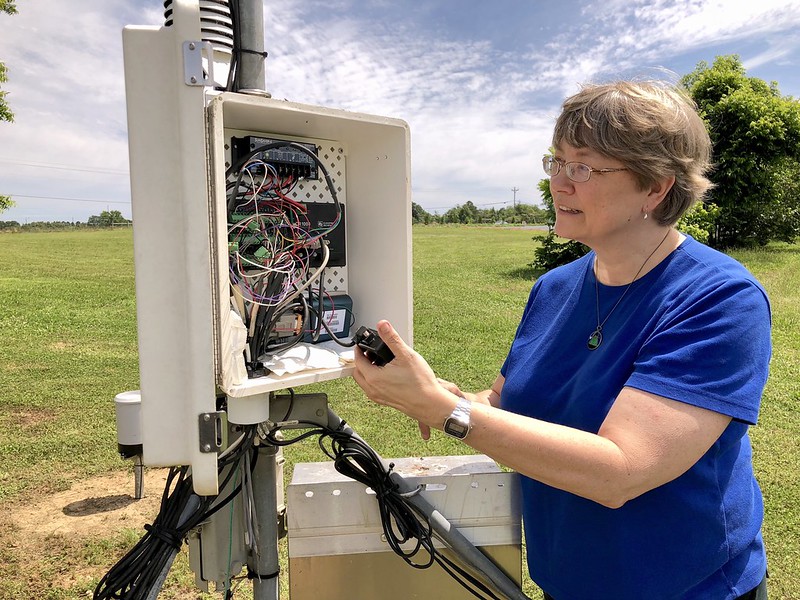By Clint Thompson
What potentially could have been the development of a rare June hurricane is no longer in the forecast with Tropical Storm Bret. But it could still impact the Southeast by bringing added rain to a region already saturated by storms the past two weeks.

Pam Knox, University of Georgia Extension agricultural climatologist, discusses the impact specialty crop producers in Florida, Georgia and Alabama could face from Bret next week.
“If it does come over the Southeast – it’s still a long way away so things could change – it would be more likely a rain producer and a pretty minimal storm. We’ve had quite a bit of rain, so we really don’t need the rain this year for sure,” Knox said. “I’d say it’s highly likely we’re not going to see any impacts from it. It’ll be next week anyway so we’ll have plenty of time to watch.”
Bret’s formation in the Atlantic is extremely rare for June.
“I think this is about the earliest that one has ever formed in that part of the Atlantic. Usually, this time of year they’re more likely to form in the gulf. The place that it’s forming is a little different than usual. It’s not that it’s never happened before. There was another Bret in 2017 that formed pretty close to the same place. But it’s not very frequent and certainly not in June. The map looks more like a September map than it does a June map,” Knox said.
“The gulf water is warm but we’re also in an El Nino. That means that there is a pretty good amount of wind shear. The current discussion of Bret is that as it’s over the warm water right now, it’s probably going to slowly gain some strength, and then it’s going to get farther west, maybe into the Caribbean, it’s going to hit some pretty significant wind stress. That’s going to keep it from strengthening. It probably will weaken because of that.









